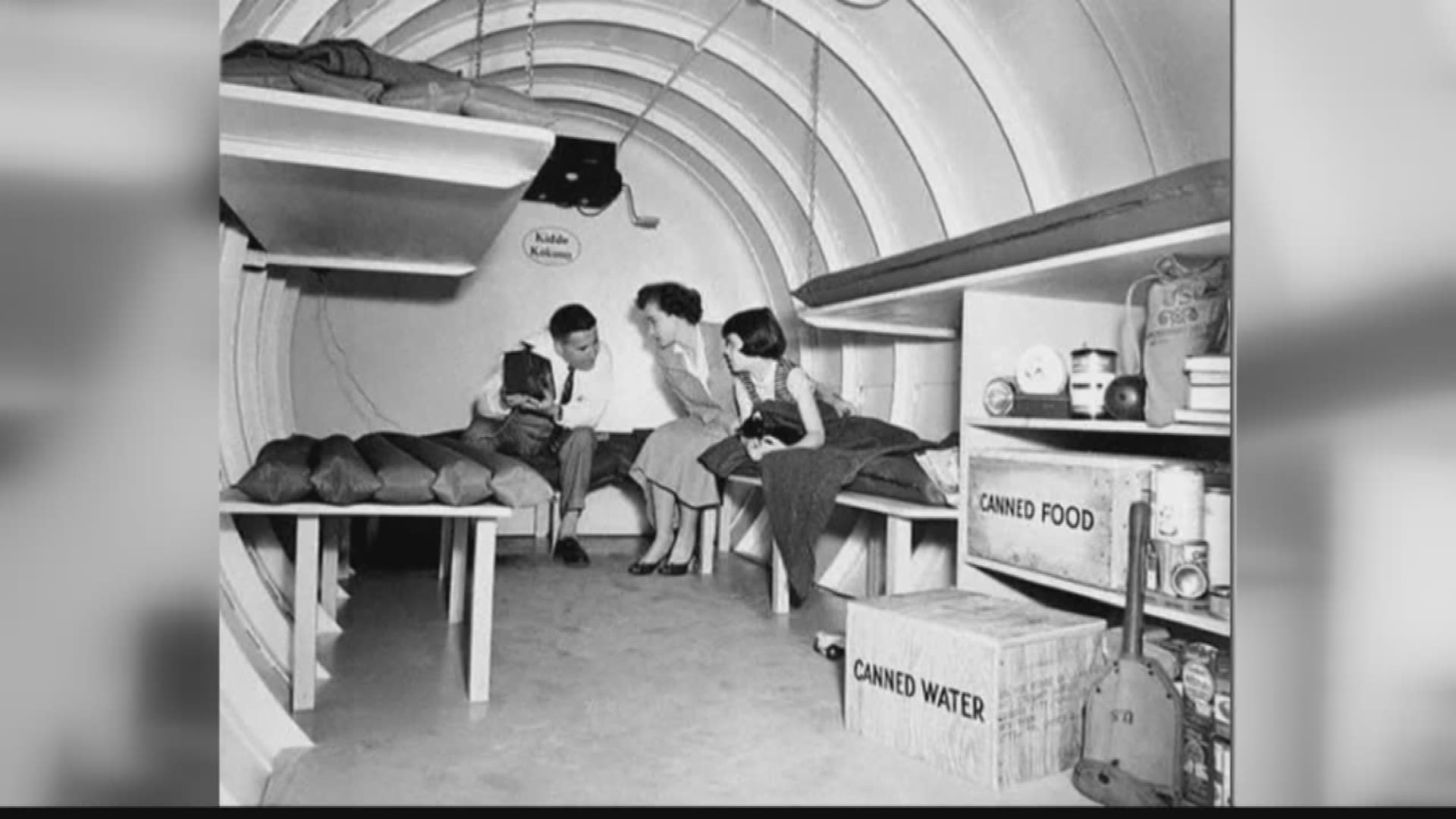Despite growing concerns about a nuclear strike on the U.S. by North Korea, the state of Washington does not have an evacuation plan in the event of such an attack due to a state law.
The reason it is the topic on many peoples’ minds is that multiple reports on Tuesday indicated U.S. intelligence believed North Korea had reached the capability of miniaturizing a nuclear warhead to make it small enough to load onto a missile. That development comes years earlier than previously thought.
President Donald Trump, since then, has tweeted and spoken about America’s nuclear arsenal and doubled down on his threats to unleash “fire and fury” on North Korea.
Thursday, he said his original comments might not have been tough enough, despite criticism from some that his aggressive rhetoric might backfire and inflame tensions.
There was a time when there were designated public fallout shelters throughout the Spokane area. But can they be used today? No. That is because Spokane County Emergency management says it now takes on an "all hazards" approach to emergency planning.
Back in the late 60s, Spokane had about 600 fallout shelters built either privately or through collaboration with the Spokane Civil Defense Department. That's according to the author of "Take Cover, Spokane," Lee Thomas O'Connor.
In 1963, the Daily Evergreen at Washington State University, even published a brief article saying the WSU campus provides several fall out shelters stocked with supplies and food. In case of an emergency, male and female students were instructed to go straight to one of their respective fallout shelters.

But today these shelters are no longer in use or serve other purposes.
So what if we ever needed shelters like that in the future?
Washington State's Emergency management representatives tell KREM 2 a nuclear threat to the U.S. isn't new. They note the state's biggest threat is actually an earthquake or wildfire. That's why they encourage families to prepare the same way for any type of disaster. That means two weeks worth of food and water along with a family safety plan.
Spokane County's Deputy Director of Emergency Management Chandra Fox agrees.
"Prepare for the really bad day, then you'll be prepared for the small day," Fox said.
While Spokane County's comprehensive emergency response plan doesn't have language specific to responding to nuclear attacks, residents will still receive evacuation and emergency alerts through the "Alert Spokane" system. You can sign up for these alerts by visiting the county's website or by downloading the Code RED app.

